For Patrick Long, a career as a pro driver was more than just a dream realized, it was a calling that he excelled at from an early age, and one that saw him develop from a precocious California-bred youngster into one of the most accomplished and successful racers of his generation.
Long’s racing career is rife with major wins and successful campaigns at the lion’s share of historically important sportscar races, including wins at the 24 Hours of Le Mans, the Rolex 24 at Daytona, the 12 Hours of Sebring, Petit Le Mans, and the 12 Hours of Bathurst. Long is also a three-time American Le Mans Series champion, a two-time Pirelli World Challenge champion, and beginning in 2003, Long held the distinction of being the only American on Porsche’s factory driver roster – a role he held for 19 years, and one which allowed him to write his own important chapters in the storied German marque’s history books. And while a gig as a works driver is the dream for any racer seeking a ride with (typically) the most advanced cars and dominant teams in the paddock, the Porsche factory role represented something more than just a competitive edge to Long. It’s a brand he’s had a lifelong love affair with and undeniably where he belonged and was meant to be. It was home.
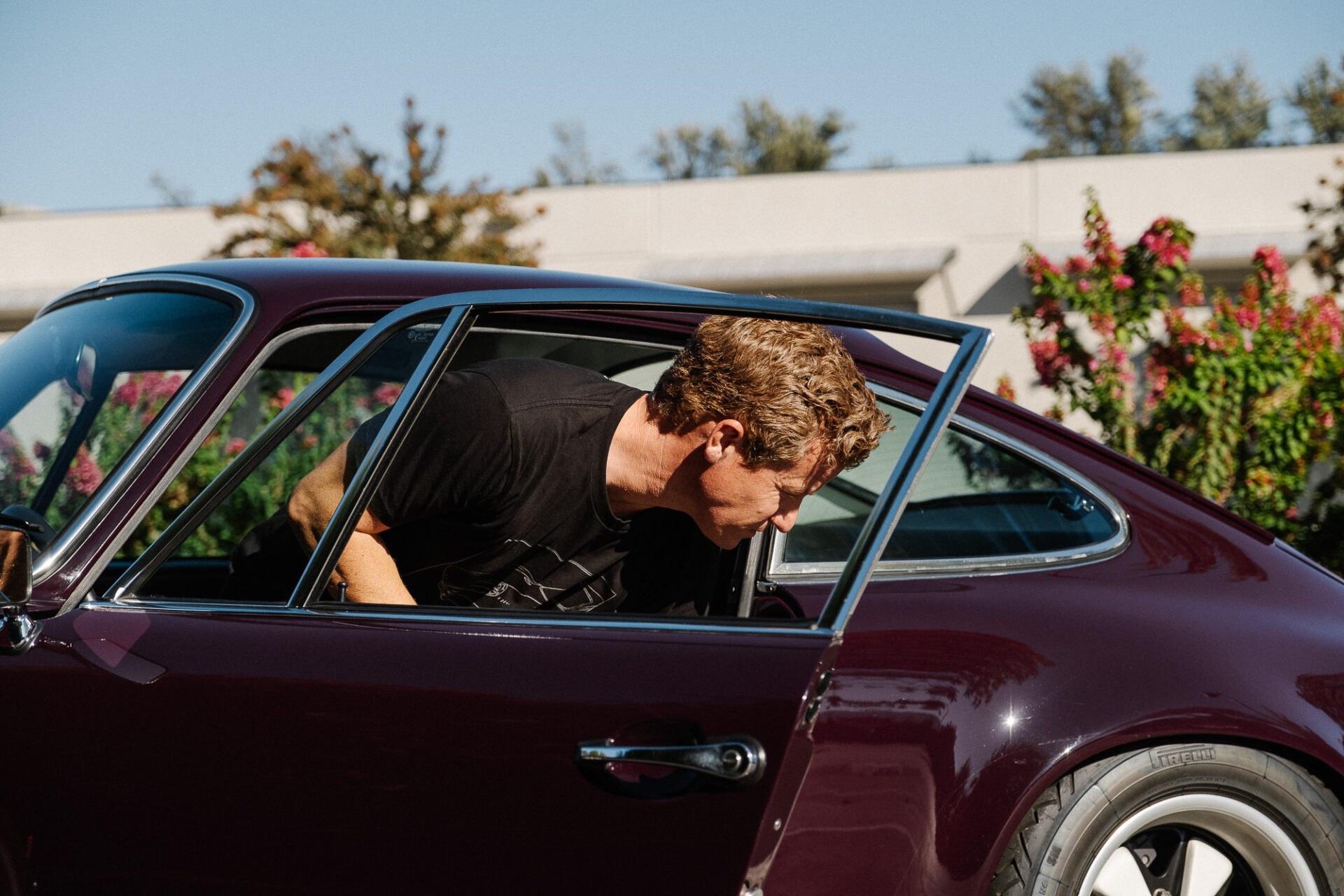
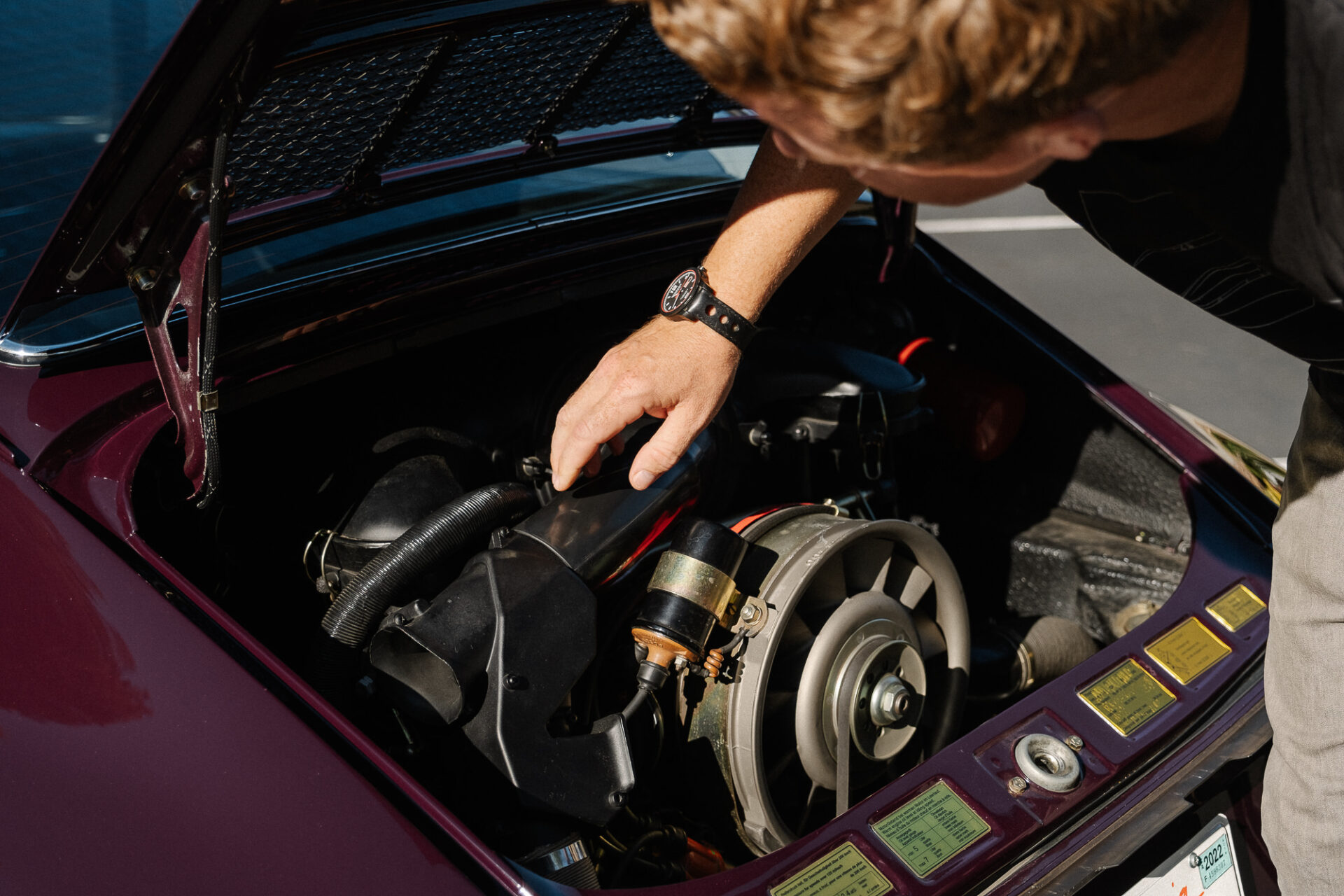
However, the world of Porsche has always had the capacity to offer more challenges and unique experiences than racing alone offered Long, and he stepped away from his full time racing pursuits in 2021. While he’s remained on the books at Porsche in a multifaceted role as a brand ambassador and racing consultant, and continues to race vintage Porsches in historics events and various lower level classifications, Long’s focus has shifted to his other major passion as a Porsche obsessive: Luftgekühlt, a series of uniquely artistic and experience-driven car shows centered around unexpected displays of historically important or otherwise remarkable cars from the beloved and diverse air-cooled period of Porsche’s history.
The Luft shows are Long’s brainchild and ultimate passion project, and with the main event’s (sold out) 8th iteration looming this coming weekend, the fervor surrounding Luftgekühlt is noticeably bigger than ever. While Long began Luft simply as a way to engage with the vintage Porsche community in a more direct way, it’s blossomed into an event that Road & Track once described as “the most ambitious car show in the world” and has spawned a brand that’s put its stamp on everything from lifestyle goods to fully-fledged vintage Porsche builds. Its influence is something that’s transcended the Porsche community altogether and has arguably changed the way people approach curated car culture events in general.
As show week for Luft 8 began, the C + T Journal gained an audience with Long. The last time we saw the racing wunderkind, he was ripping hot laps around Laguna Seca during Monterey Car Week with our team members in the passenger seat of a race-prepped 1982 911SC. While it seems like things never truly slow down for Patrick Long, he made plenty of time to go deep with us on the Luftgekühlt concept and its evolution, the importance of the human element in car culture, the things he’s gleaned after a year away from the psychological rigors of full time competition, and even shared tales of the legendary Porsche race cars he’s been lucky enough to push to their limits on track.
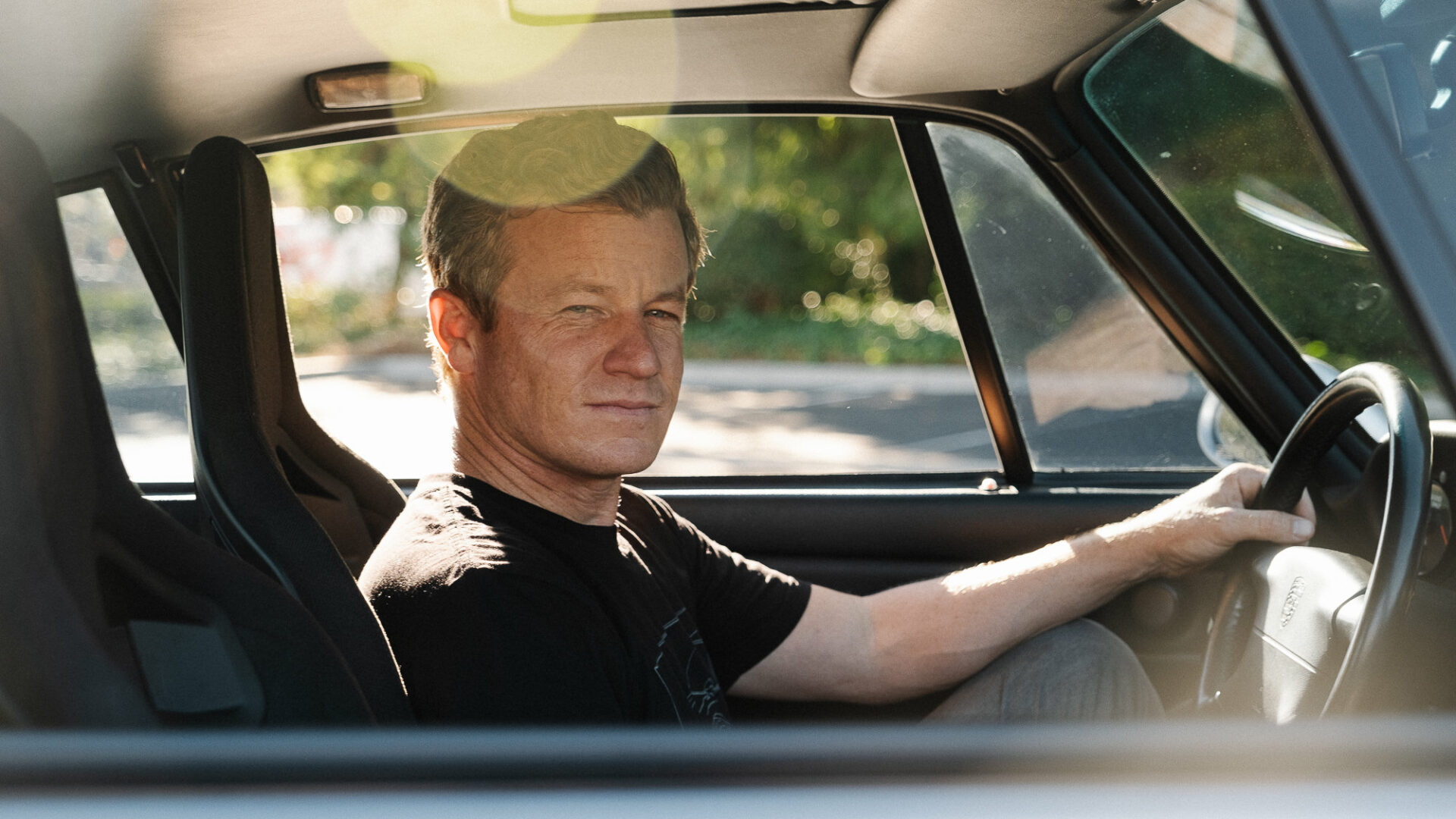
In an incredibly saturated world of car shows right now, Luftgekühlt has become the car show in the eyes of many.
I don’t see it that way, but some do and I’ll gladly accept that. Honestly, there is such great comradery and momentum in the automotive experiential space right now. We just continue to stick to our original fabric and intent, which was to always think about creating an experience that we would really want to attend – one that has aspects of creativity and suspense, but also has just a real good human connection. We’re trying to eliminate predictability, because I think so many of these events have become plug-and-play – you’ve been to one, you’ve been to a hundred. So we’re just continuing to try and expand and challenge ourselves.
My big takeaway from Monterey Car Week was that the cars that stuck out for me were not the million point restorations or even particularly rare examples, but those that had history in the form of stories and human connections. I find the Porsche community does a better job than others of preserving and celebrating that history and finding the human element in the obsession, and Luft focuses on that side of car culture in a really wonderful way.
Cars are such a strong vehicle for memory and I love that kind of time machine aspect, and especially the stories that these cars helped create. The thing is there’s so much of that out there still and so much that’s untapped, and while there’s a lot of it that many people are already experts on, there are others who know nothing about it. So it becomes about how you bridge that gap between those with that crazy knowledge base and those with an interest, but zero knowledge base of Porsche history at all. For me, if I go and look at a bunch of pre-war cars, I know almost zero about them; they’re beautiful and they’re impressive, but I actually personally need more of a connection to a car than just what I see walking up. So the challenge here is how do you give somebody a little bite of what that car has seen in its time in a show setting?
I think it’s a really tough trick to pull off.
It’s also about not making it nauseating in its depth, too. We really try to make something that caters to all the different levels of enthusiast. That’s also kind of the visual guideline for us as well; some people don’t want to dive into deep history, but they want to photograph and want to visually experience these cars. Seas of great cars in parking lots is not really what we set out to do and that’s created a little bit of a different thinking that’s been influential for some other shows as well. Normally it’s parking lots, golf courses, etc, so we’ve always tried to provide a little bit more of a meandering, “yellow brick road” experience. That’s a big part of Luft’s DNA.

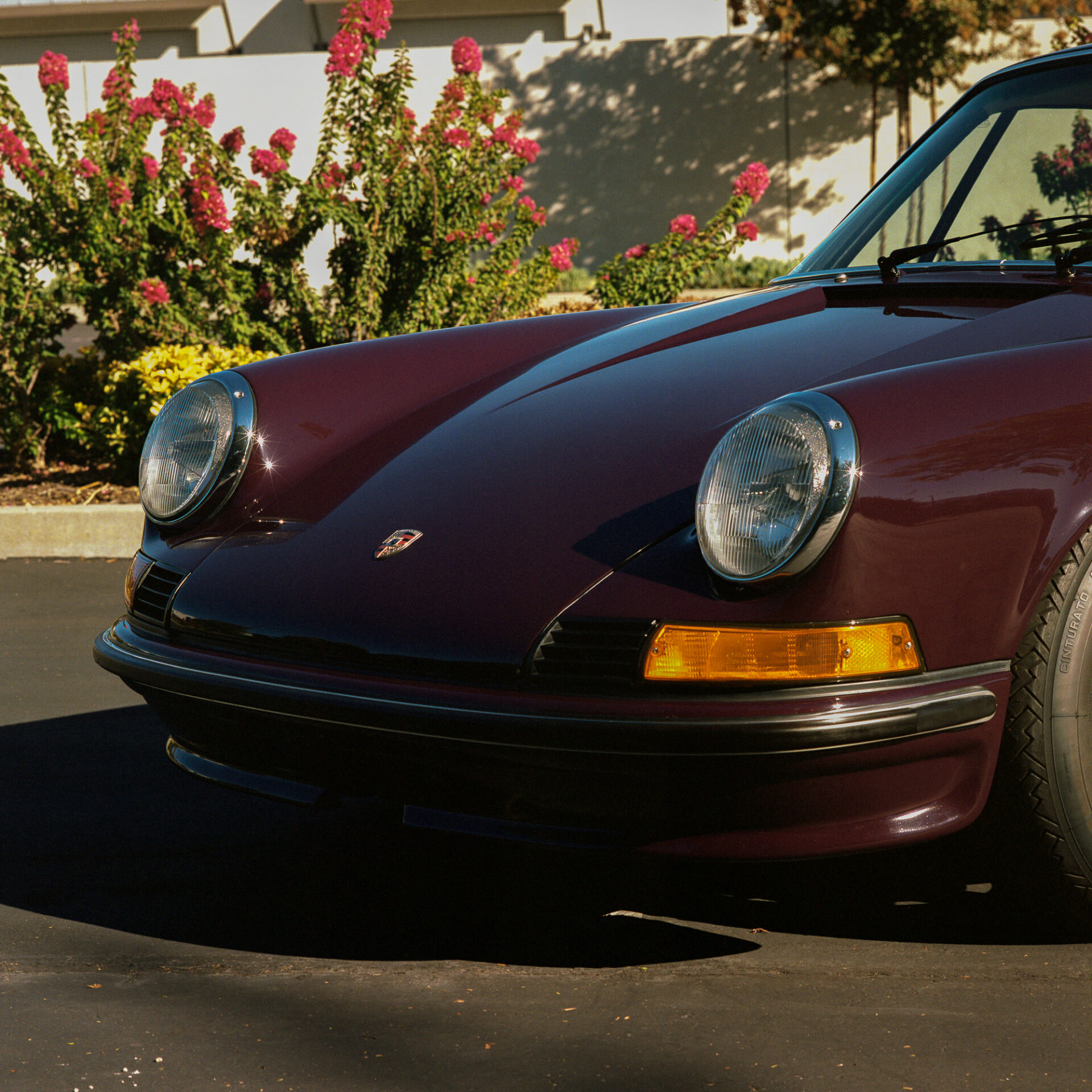
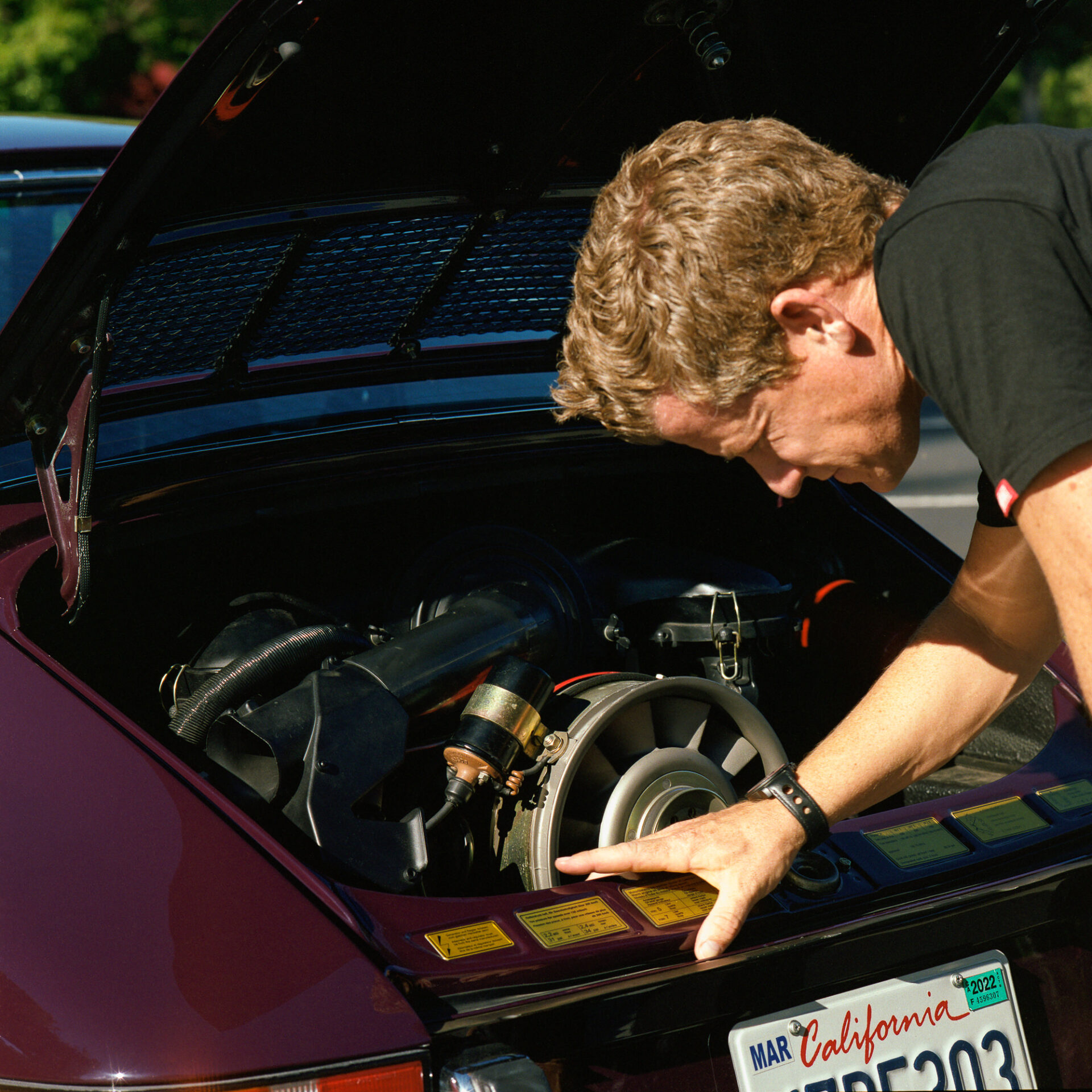
How do you guys plan to expand on that concept for Luft 8? It’s going to be really tough to top something like the Universal Studios Backlot.
One of our thought processes is bringing out cars that we haven’t highlighted before and setting a big stage for not only the enthusiast cars in attendance. So with that, it’s about telling fresh stories and displaying and laying out these cars with some focal points of commonality or some type of connection between each other. The other big element is that we’re really trying to utilize our space differently. This is a venue that we visited before in 2017 and we have 50,000 square feet of indoor space, so we’re building the interior of the show so that you really have this almost pop-up museum experience. We’re trying to kind of claw at it and dig a little deeper by really building out an interior space to journey through.
How has putting on the Luft events changed your relationship with the Porsche brand as an enthusiast?
It’s been such a great portal to so many more relationships and connections. You know, the racing world is surprisingly small; it moves quickly and in great distances, but it’s a really small network. I’ve found that while there are some crossovers, the things we do with Luft are a whole other world. Luft has a more vast audience with the attendees, but also in some of the car experts and collectors we attract.
The great thing about this show and this brand is that from day one, it’s always prioritized the non-insider, the non-expert, non-influencer. It’s really always been about catering to people who aren’t otherwise inside of the Porsche world. That ethos obviously radiates and reaches a much wider demographic. So I would just say it’s a diverse and different reach, but it’s also a much wider cast than I experienced as a full time racer. I’ve loved this journey and I never thought that there would be something in the Porsche world outside of being one of their in-house works drivers from Stuttgart that would create some parallel of momentum or notoriety, and that’s been a lot of fun to discover. It’s a whole new world for me and there are parallels in the event world and the racing world that really inspire and challenge me. I’ve found it to be an interesting and natural second act.
That said, there are also things that are so different and so opposite. In the pro racing driver world, you really are the quarterback and everything’s set up; when you get to the track, you have a perfect race car waiting for you every single time – no matter how hard you drive it and what you might destroy on it the weekend before. The next time you show up, you have a perfectly prepared race car with people standing all around it that are willing to get you whatever you need to do the job. You just jump in and go and when the checkered flag falls, you go to the press conference, then you’re on a plane and you’re off to your next event, and you’re in and out. Being an event promoter is quite the opposite; you’re the first one there and the last one to leave a lot, and I love that. Sometimes it’s tough, but it’s so great to wear the other hat and just have a life on the other side. The bridge between those two very opposite roles is that I have been around car events and vintage-focused affairs my whole life. I’ve seen so much of that and even before my career as a driver, I was dragged to all kinds of automotive culture events as a kid. So there’s an osmosis to that. There’s a nurtured side to me that has always been tickled by auto culture events and my past with them, and it’s great to live that out and explore it like I am now.
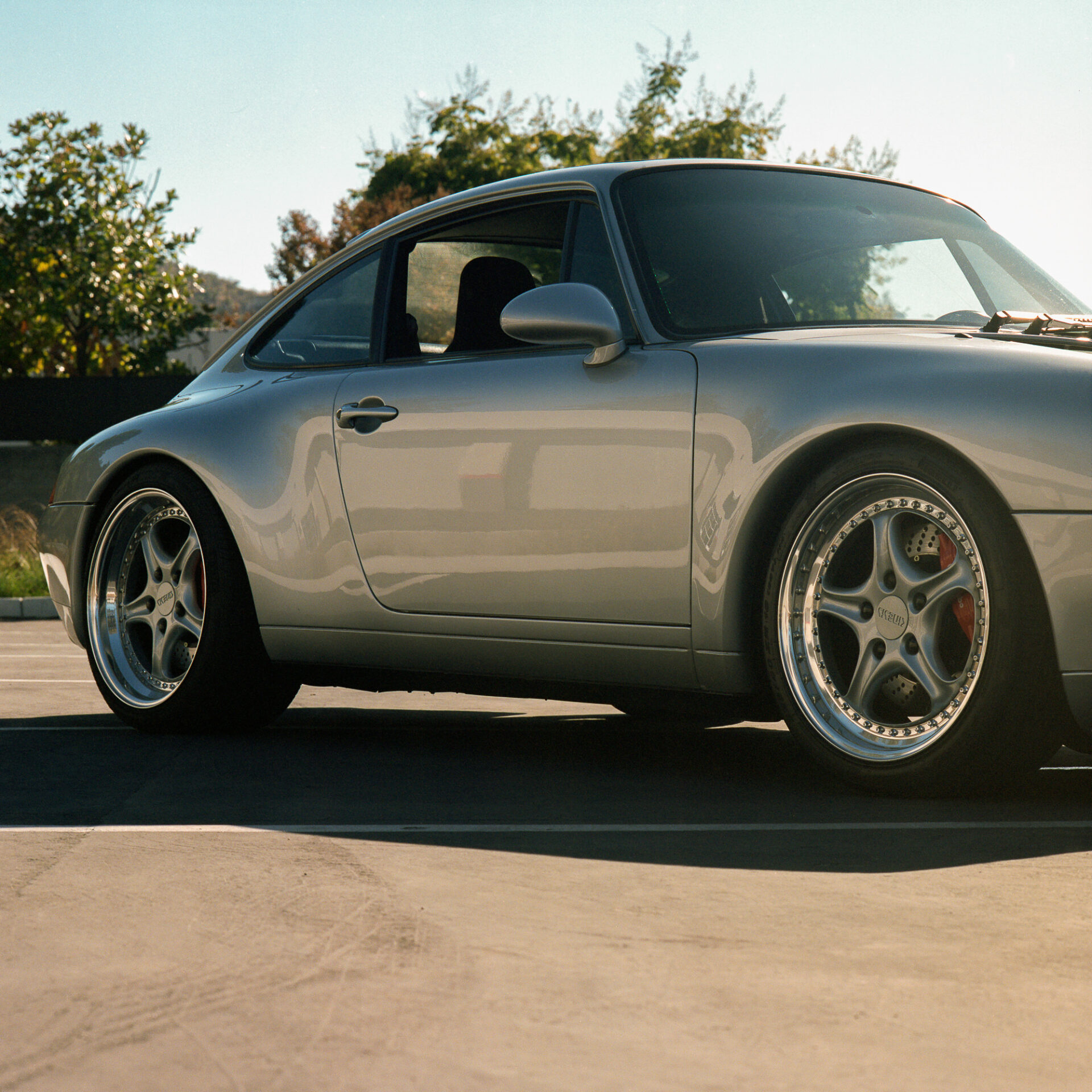
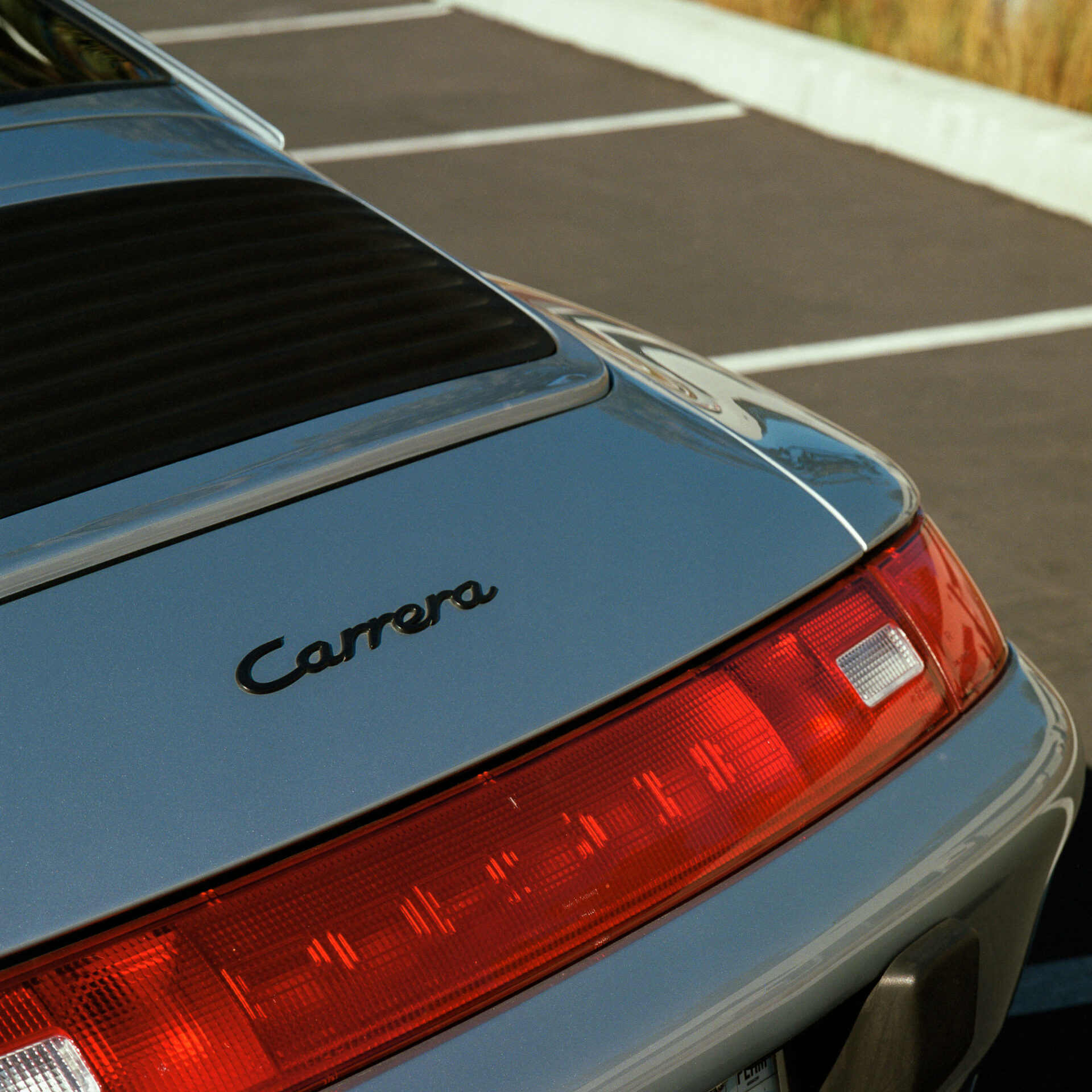


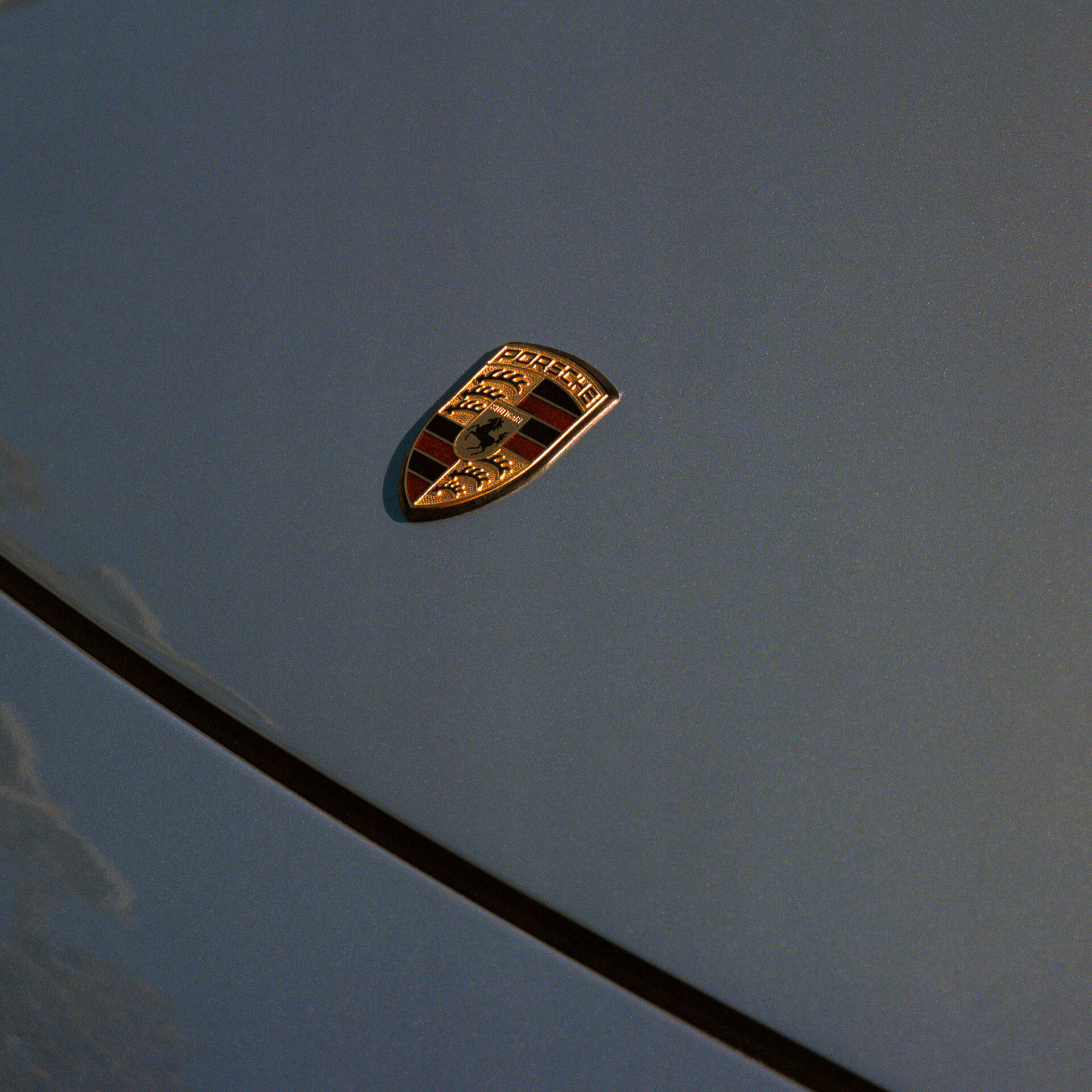
You obviously have a close relationship with Porsche themselves. What kind of feedback have you gotten from HQ about the Luft events? They’re a marque that takes their history seriously and I think they care about their community much more than a lot of their peer brands. What do they think of Luft?
It’s been a slow progression with them. At the beginning, they were watching and helping support it with a car here or an introduction there, but slowly over time, they’ve become a little bit more involved on the documenting and content side. More recently, Porsche Classic [Porsche’s vintage service arm] has really ramped up as a place not only to buy parts for your vintage Porsche, but you can also take your car to a Porsche Classic partner dealership – I believe there’s 14 in the country – and have it restored or serviced by a qualified and really high level technician. They’ve really ramped up on that side since Luft first started, and there wasn’t much on that side of Porsche’s business back then, so I think the thing we do is increasingly interesting to them because of that growth.
My attraction to the brand is that it’s one of the only historical marques that’s community fosters self-expression and personalizing a car through modification, but as the cars become more popular and more precious, that culture is starting to change and become less prominent. Do you have any thoughts on how that culture’s going to change as these cars continue to increase in value and collectability?
The appreciation and values of vintage Porsche is certainly something that’s talked about a lot, and plenty of people love to make a point of 911s being unobtanium now and these cars becoming untouchable. But the reality of it is that the hunt is still on, and there still are great cars that are pretty well-preserved and decently priced – but you’ve got to find them! It’s the garage door that’s been left open with a 911’s tail peaking out. It’s the local Craigslist ad that moves quickly. You’ve got to be quick. From my own love of this hobby and my own experience, sometimes that’s one of the most fun parts of ownership – the hunt and the find. I’m sure that you know that from being a car enthusiast, but also from dealing with timepieces – which I know have a similar story these days. So yeah, I think that the days aren’t gone. Surely the quality stuff online is well priced, we’ll say, but I also think that the little gems are still out there and I haven’t bought a car on-market since my first one in 2013. It’s really just about word-of-mouth or strange occurrences like seeing a car cover that’s flapping in the wind and finding the cars the old way. Sometimes it’s two or three years before you get that call from the family saying “Okay, we’re ready to sell this thing,” but I’ve personally experienced it and they’re out there.
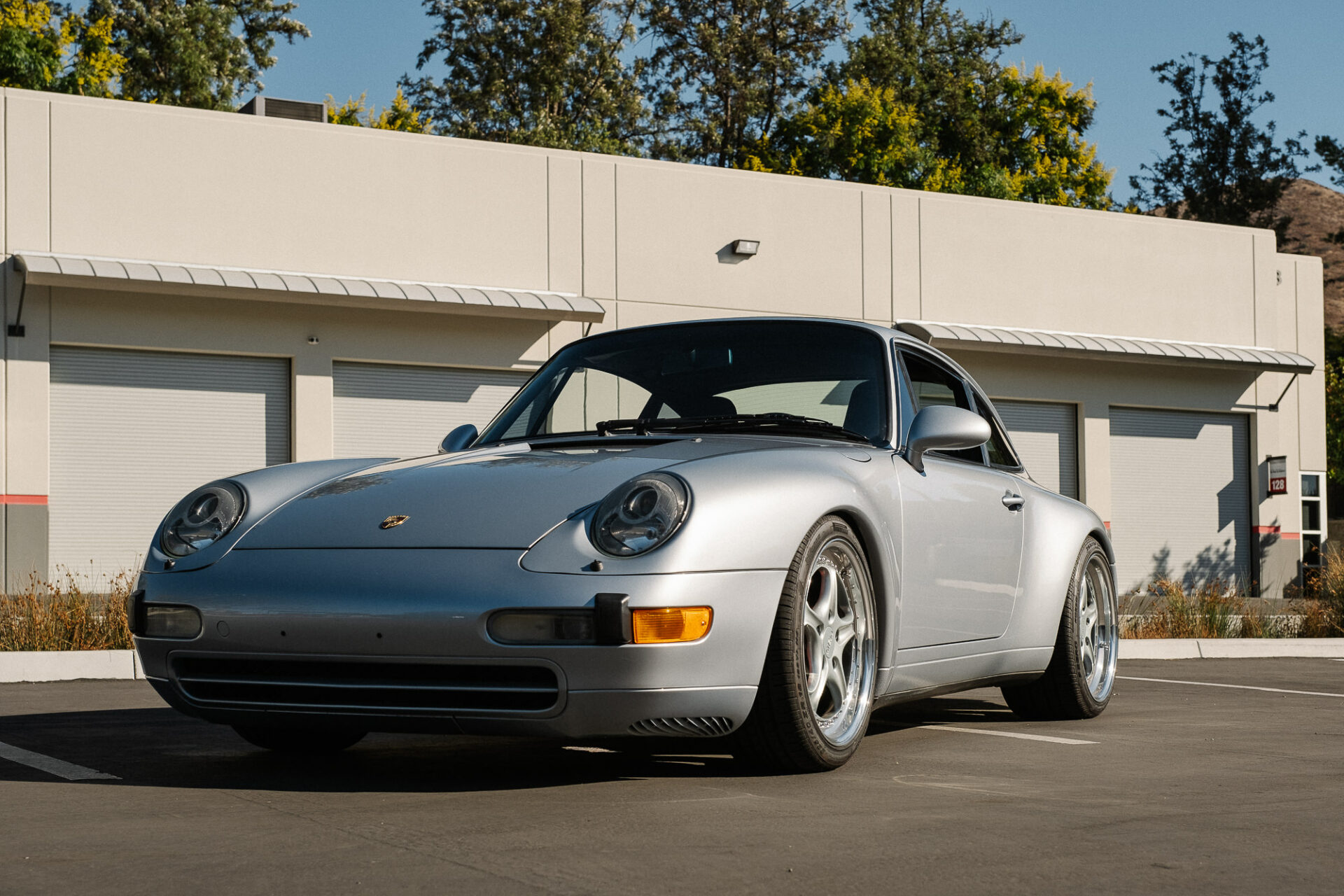
As the visionary behind what most consider the most important Porsche show in the world, I think it’s fair to consider you an arbiter of taste in a way. Are there any trends happening within the vintage Porsche world that you’re really into, and is there anything you absolutely hate that people are doing to their vintage 911s?
Yeah, I’ve got some hot buttons on the dislikes. One is really modern headlights just blasting and taking away that real original look. There’s also a group of enthusiasts that are now emulating other restomod brands with their own attempt to recreate a type of restomod, and I feel like why make art of someone else’s art? My message is really look at this company’s heritage and look at where they came from rather than where they might be today, with people who are doing their own expressions and their own modifications. I’m all about personal touches and individuality, but I think it should remain as individuality and not a bite of someone else’s take on the car.
I’m actually curating five cars this week that are a bit outlandish and period ‘80s and ’90s-type expressions of creativity, and there were probably times when the purists looked at some of these cars and were just like “Oh my gosh, that is the most hideous thing I’ve ever seen!” Now looking back on those cars 30 and 40 years later, it’s art and it’s still so unique and so engaging. So I’ll never put down somebody’s own efforts as long as they were fresh to the scene and to each their own.
From my side, I’ve been focused on a couple of builds that celebrate the narrow-body first-generation impact bumper cars. It was such a transitional time, with the company having to go away from the long hood and into the short, impact bumper style, and those ‘74-‘77 911s were the last cars you could easily source for a while. So I’ve done two projects with a ‘74 and a ‘75 respectively, and those have been super fun and captivating and tricky builds because you’re trying to do interesting things with a body style that from a width standpoint is really slim like a long hood. So it’s tough to dial those builds in with suspension setups and wheel offsets and things like that because it’s a real narrow car, even though it looks like an SC or a G-Body car to most people.
Luft as a brand has also done three builds to help celebrate different events, and I guess four if you count the Hot Wheels 914 we did. The 914 we did was like a safari-style pickup truck and that car was kind of a mental note in my head asking how we could create something on an affordable platform that was kind of outlandish and a dreamer-type design for kids that are grasping a hot wheels and walking around with that deathgrip on their little car, and it was more than I could have ever imagined. Not only did it materialize as a toy that’s been sold worldwide, but the car itself has just been super fun and travels on the Hot Wheels Legends Tour. I love seeing the kids’ faces at those events when they see that thing!
The interest in safari and the rally 911s has certainly changed from the first one we did in 2016, and it’s great because those builds inspire the youth and new people. And the use case for the car is so great. It’s kind of a pickup truck in a 911 design.
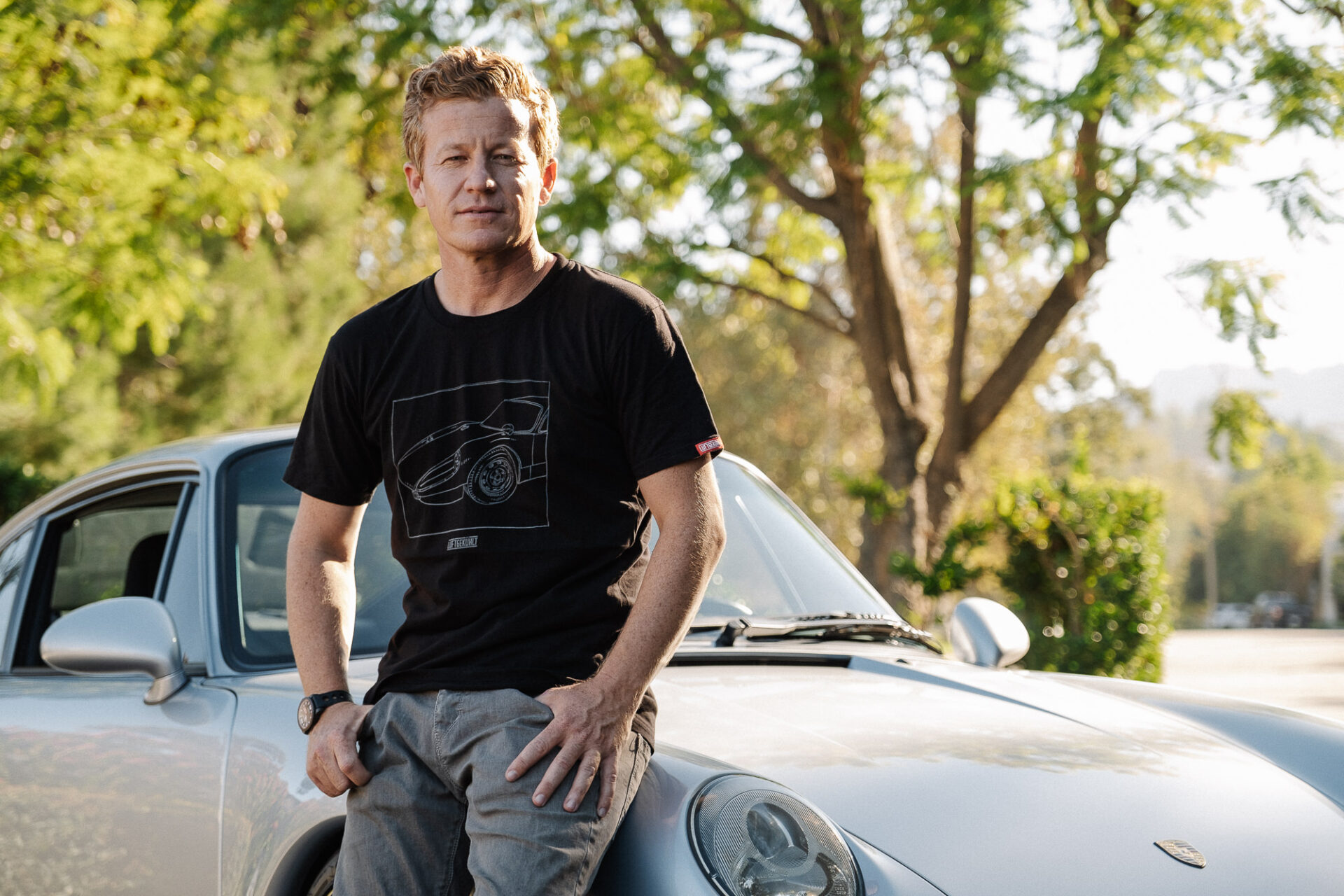
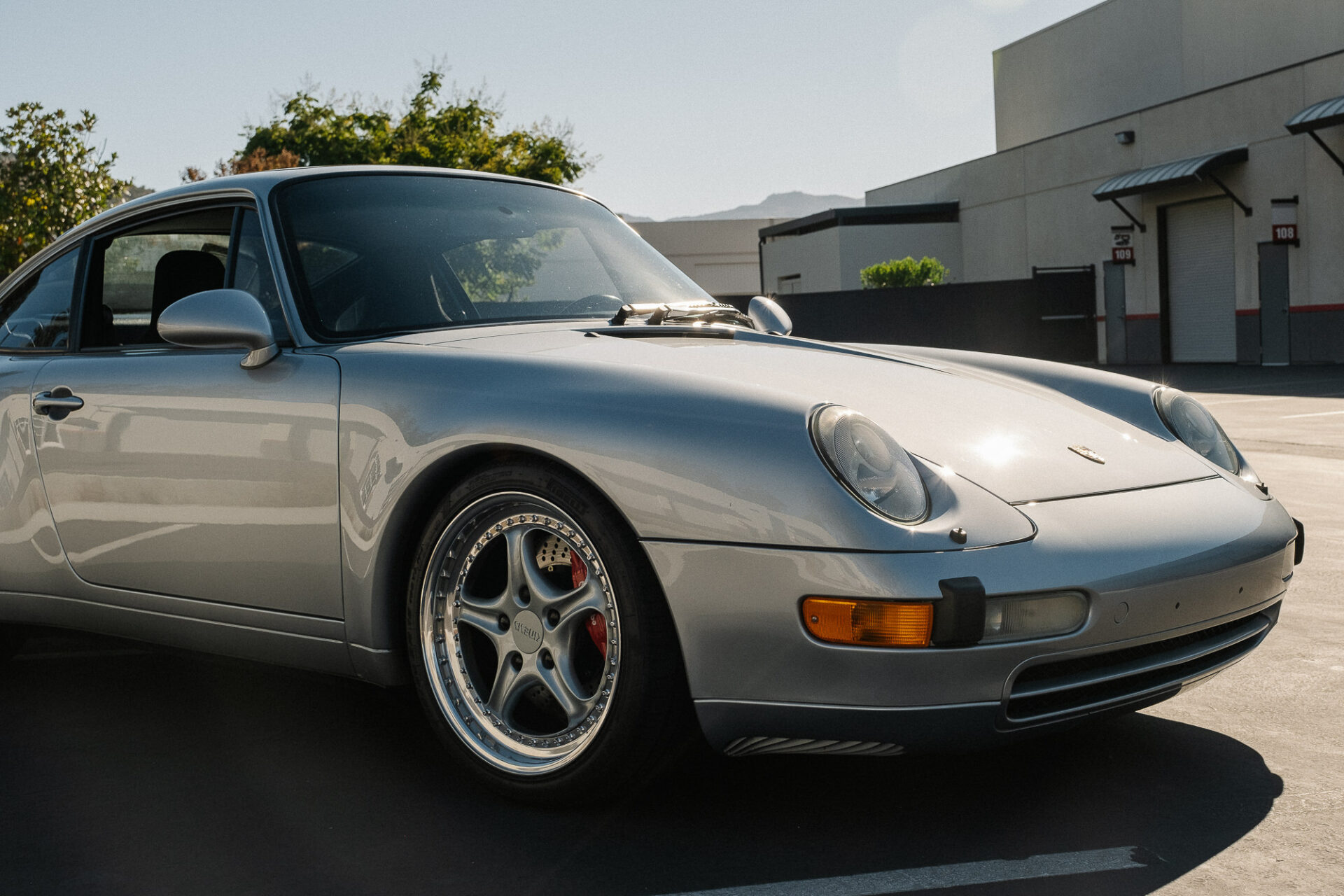
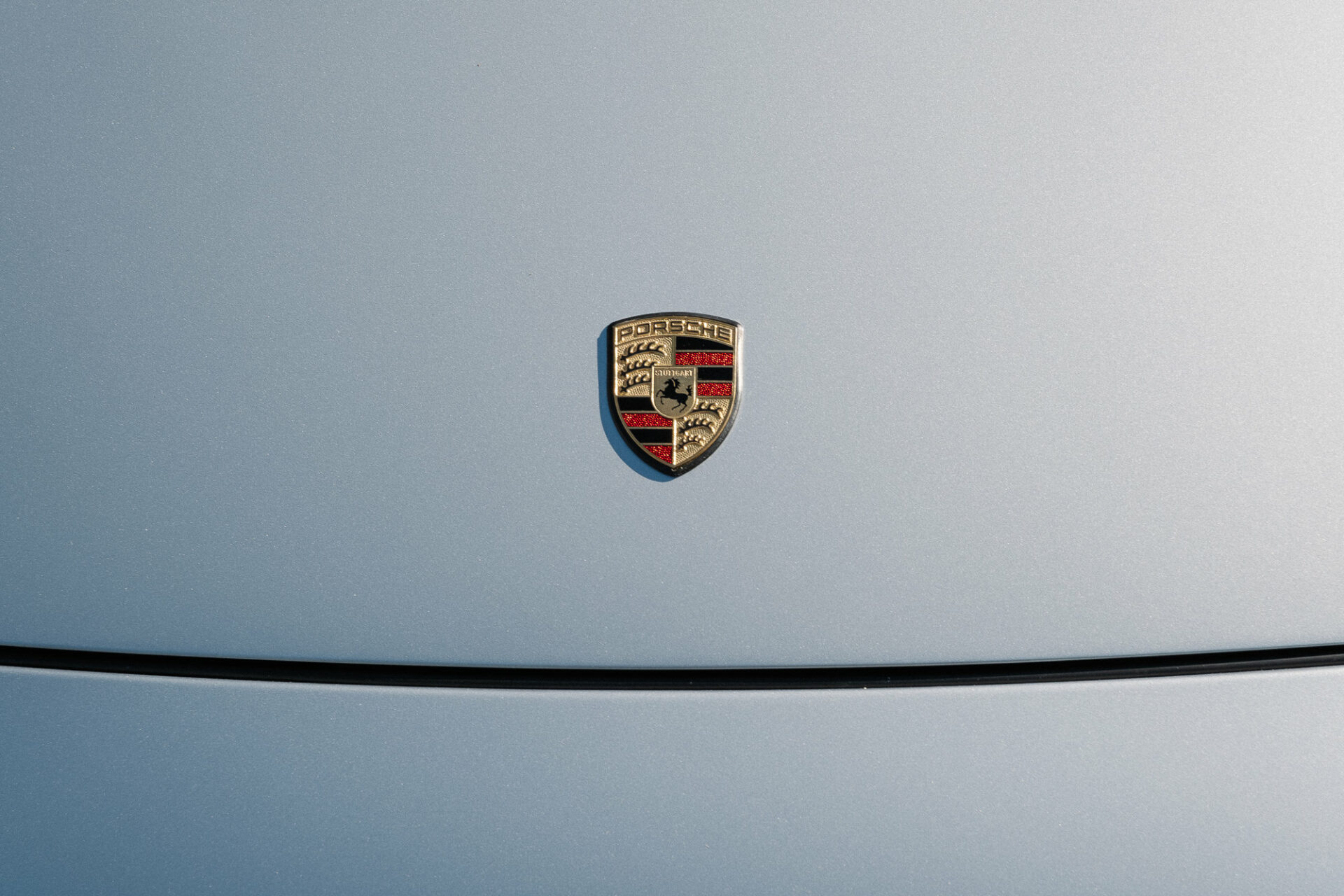
It’ll be a year out of the cockpit full time in November. That’s a lot of time to reflect and I’m curious how you feel about the decision now, and also how the time out has changed your approach to racing when you do get in a car for competition’s sake?
Yeah, with time it’s become better and it’s confirmed a lot that was maybe not sure in my mind when I had to kind of take that little step off the ledge and make a big decision. It’s interesting because racing is like a lot of pro sports or big business, there’s a lot of different elements that you get from being in a certain role or in a certain field of expertise and with racing, it’s all I’ve ever done. Since I was 8 years old, the only thing that ever mattered was racing and driving. So to be part of an organization like Porsche and to have the chance to represent the brand, there was this part of me that’s like “You really need to stick it out and ride this wave of opportunity and ambassadorship.” But there was also a part of me internally that was like “You know, there’s more that you want to charter and there’s more out there for you” and I kind of digested and understood that until I shifted and changed tracks, I wasn’t going to maximize a lot of that private, personal and professional opportunity because racing takes up so much bandwidth.
So it’s been refreshing. I’m as busy as I’ve ever been, but in a much different way. Admittedly, the first six months out of the cockpit were definitely different, and there was some adjustment from an ego standpoint and having to adjust from waking up in the morning and just wanting to crush it. But there was also a lot of regulating and consistency that came to my life that I haven’t had. So instead of being five days on the road and two days at home and always on the go, there was this time to really get creative.
I was listening to Ryan Hughes, the ex-pro motocross rider, and he was talking about some elements that you need in order to be your most creative and that feeling of home and that connection and grounded nature is something that he talked about. I kind of shook my head and thought “Yeah, that is part of it.” So I feel like that creativity flowing more now.
There’s also the team aspect and at Luft, I think there were a lot of people who said “Pat’s the visionary here and he runs this brand and we need more direction, we need more consistency, we need more communication.” And I think through competing and traveling, sometimes I was a C-minus in certain aspects of that. So I’ve just tried to take this first year to listen and read and kind of reset, and I’m just excited for the future.
I’m sure you’ve also reflected on the big racing moments. What things have bubbled up through the calmer days as important and impactful to you from your racing career that might not have been as apparent when you were in the moment? Are there moments and milestones that you moved past quickly because the psychology required you to look ahead to the next race so intensely?
To be honest, that was part of the journey in making a hard decision to step out of full-time racing. But within that exploration and deliberation, I was able to give myself a good year to really smell the roses and to look around at a lot of things that I had taken for granted. The tunnel vision you get when everything is so goal oriented means that you forget to just look around and digest how awesome it is to have been able to do what I got to do as a racing driver. From traveling and racing in 16 different countries, to driving all types of race cars – from open-top prototypes to V8 supercars and so many of the 911s. I always pinch myself – and still do – when I get to jump into some of the historic and legendary cars of Porsche motorsport’s past like big value and very rare things like 917s and 935s. I still get to have some of those experiences, but I’m definitely soaking it all up more.
The parting shot was one morning I walked out of our big transporter, ready to go for the session. My team was already in the pit lane waiting, and my two lead mechanics stayed back with the car: They’d wait for me until I got in the car, and they’d see the car out of the truck, and then they’d run to the pit lane to be there for the first time that the car came around at speed. So I had a moment that day where I just stopped and I looked at them and I said “I want you guys to know that I’m just so grateful for what you do and the hours that you put into this car; I mean this car is perfection and that is so many hours of work.” I just wanted to say to them that I didn’t take their work for granted and I know how many hundreds of hours go into it. You start to think about the crew and how they fully redesign and prepare that car every time it shows up at a racetrack just for me to basically destroy it in competition. We treat that car like shit and every single time we fuck it up, they’d bring it back perfect. For them, that’s another level of just love because the number of days the crew spends on the road is incredible. They’re there a day or two before us, and they leave a night after us, and they’re a huge, huge part of it. So I really tried to spend a lot of time with my crew and we went and did some stuff together after the season was over, and really just tried to recognize them because in hindsight, I didn’t have the bandwidth to spend those long nights with them when I was in competition.
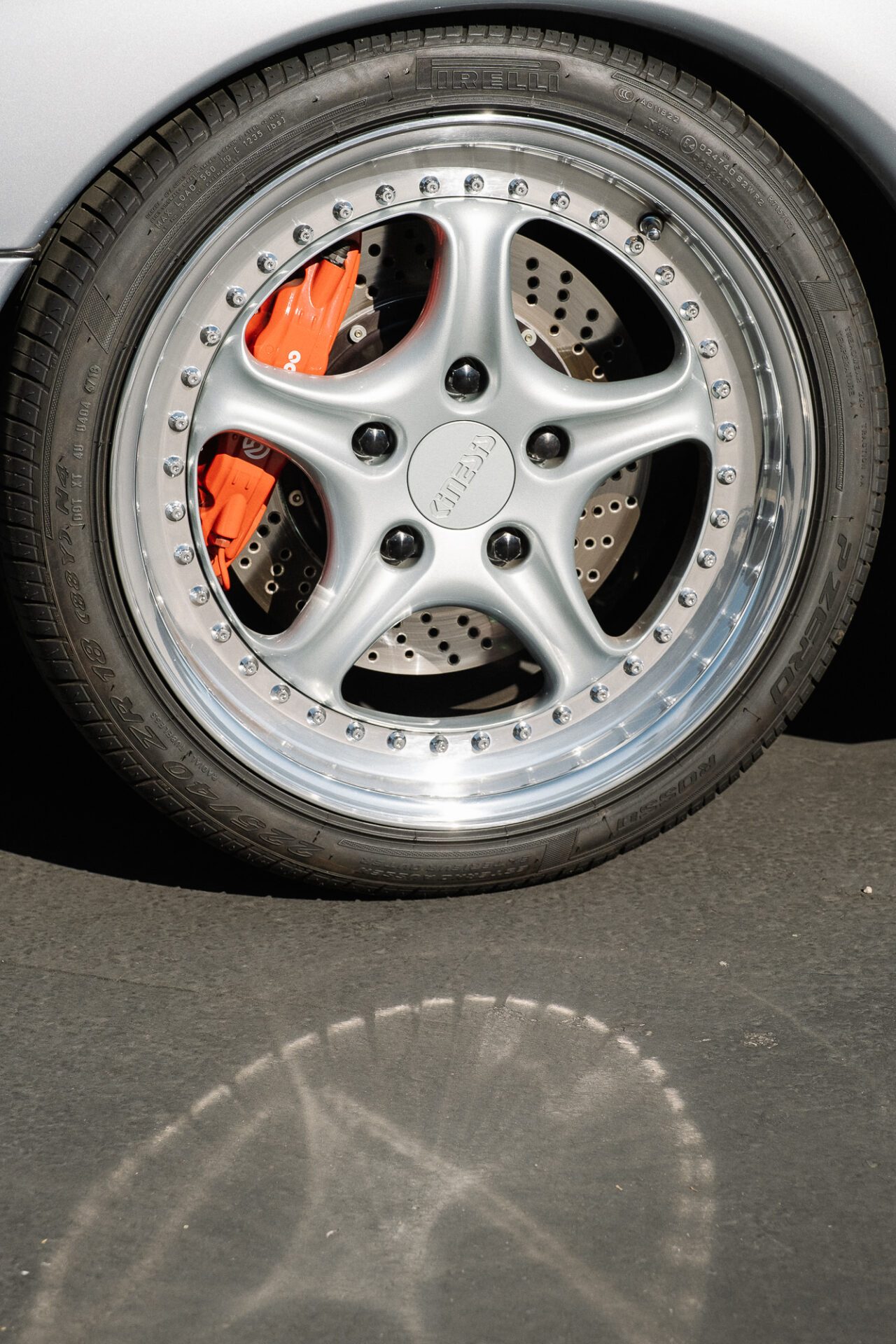
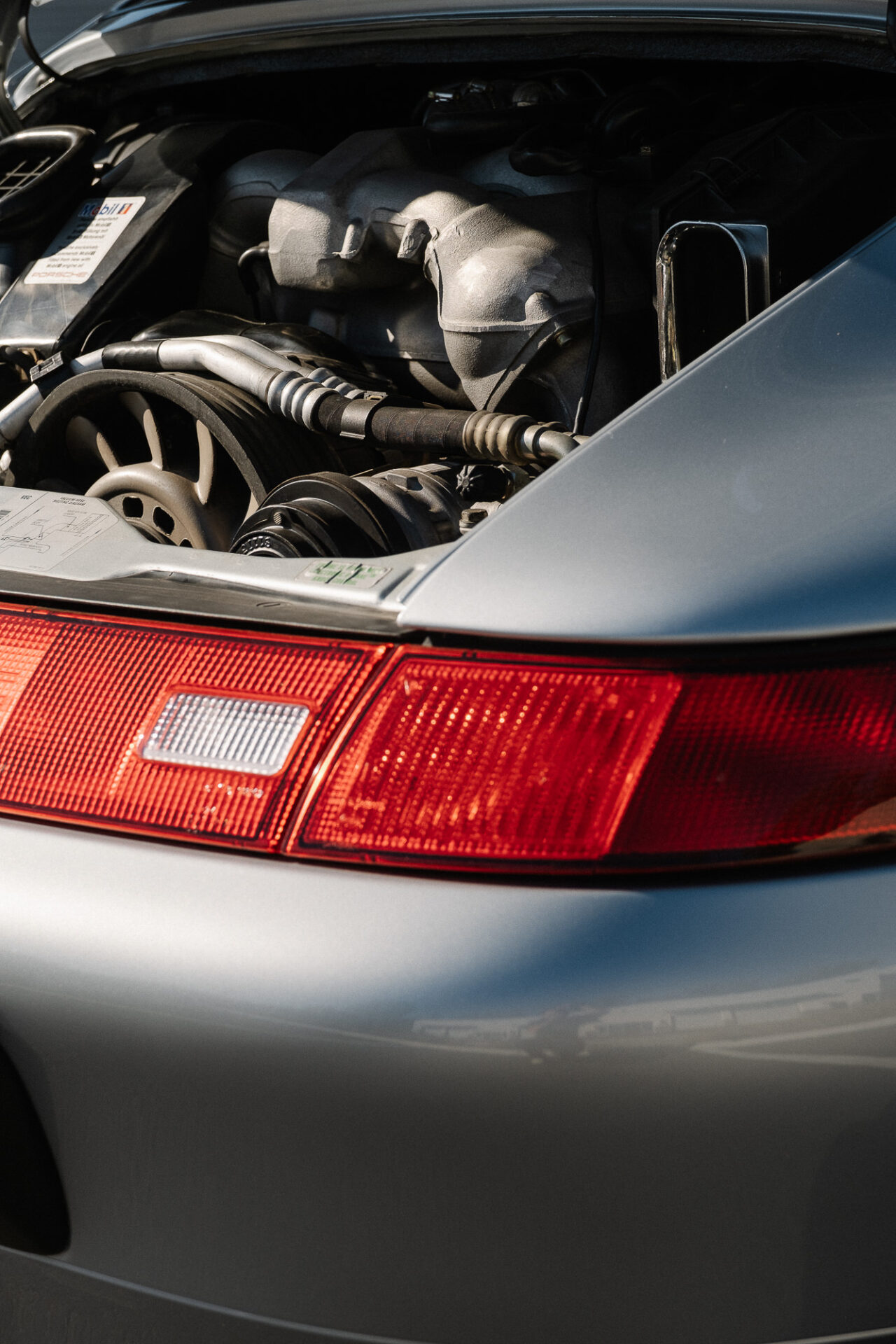

You’ve gotten to drive a lot of the whales from Porsche’s racing history and no small share of important road cars. What’s on the list still that you’re dying to get some wheel time in?
There’s not many left on the list! The 908/3 was one that I was trying for years to get into and I recently had a chance to drive that at Virginia International Raceway. I’m really excited about this new 911GT3 RS; although I did the world debut video, I didn’t leave enough time on the schedule to jump into the car and actually drive it. On the vintage side, I look for every opportunity to drive the ‘67 911R; I think that that is a car that – especially on the road – is just an insane experience and one of the best cars I’ve ever driven across the board. That car is really all about its power-to-weight ratio, the sound, the power band of that engine, and the handling of short wheelbase 911s. Man, they keep you on your toes; they’re super agile, but they’re also a little edgy. I love them.
Was the 908/3 what you expected and had hoped for, or was it terrifying?
No, it was cool! The proximity of the engine to the driver and the acoustics are pretty unique. It was definitely responsive; maybe a little nervous of a car for the track I was on, but I always knew that the way that the drivetrain was designed for and that the car was designed to pivot-on-a-dime and really be a targa dominant car. So it was tricky. I drove the 908 longtail and that car, with a much wider wheelbase and more aero was a much more romantic experience, where the 908/3 was kind of like a short wheelbase 911. It was ready to dance right away.
Visit Pat Long on Instagram @plmotorsport and Luftgekuhlt @Luftgekuhlt and Luftgekuhlt.com
Photos by Rio Asch Phoenix (@rioaschphoenix on Instagram)

Check out 'Reference Tracks' our Spotify playlist. We’ll take you through what’s been spinning on the black circle at the C + T offices.

Never miss a watch. Get push notifications for new items and content as well as exclusive access to app only product launches.
Sign up for our newsletter to receive updates and exclusive offers